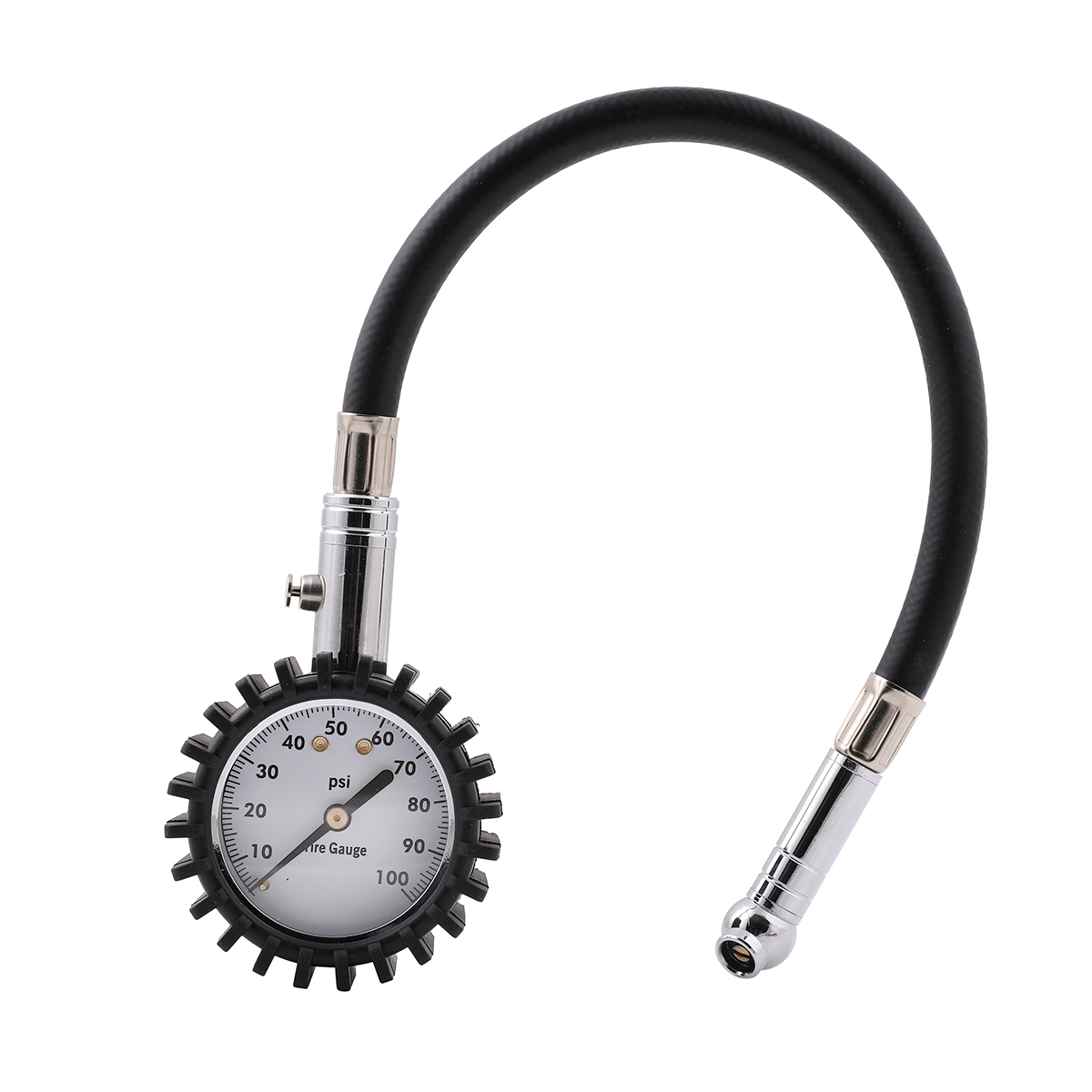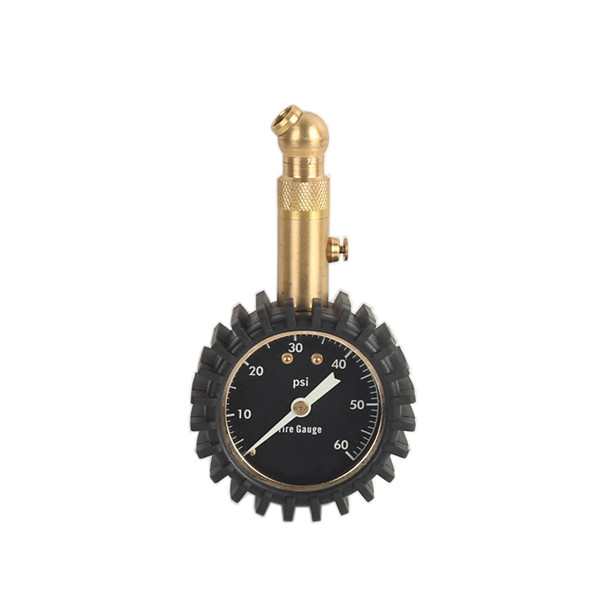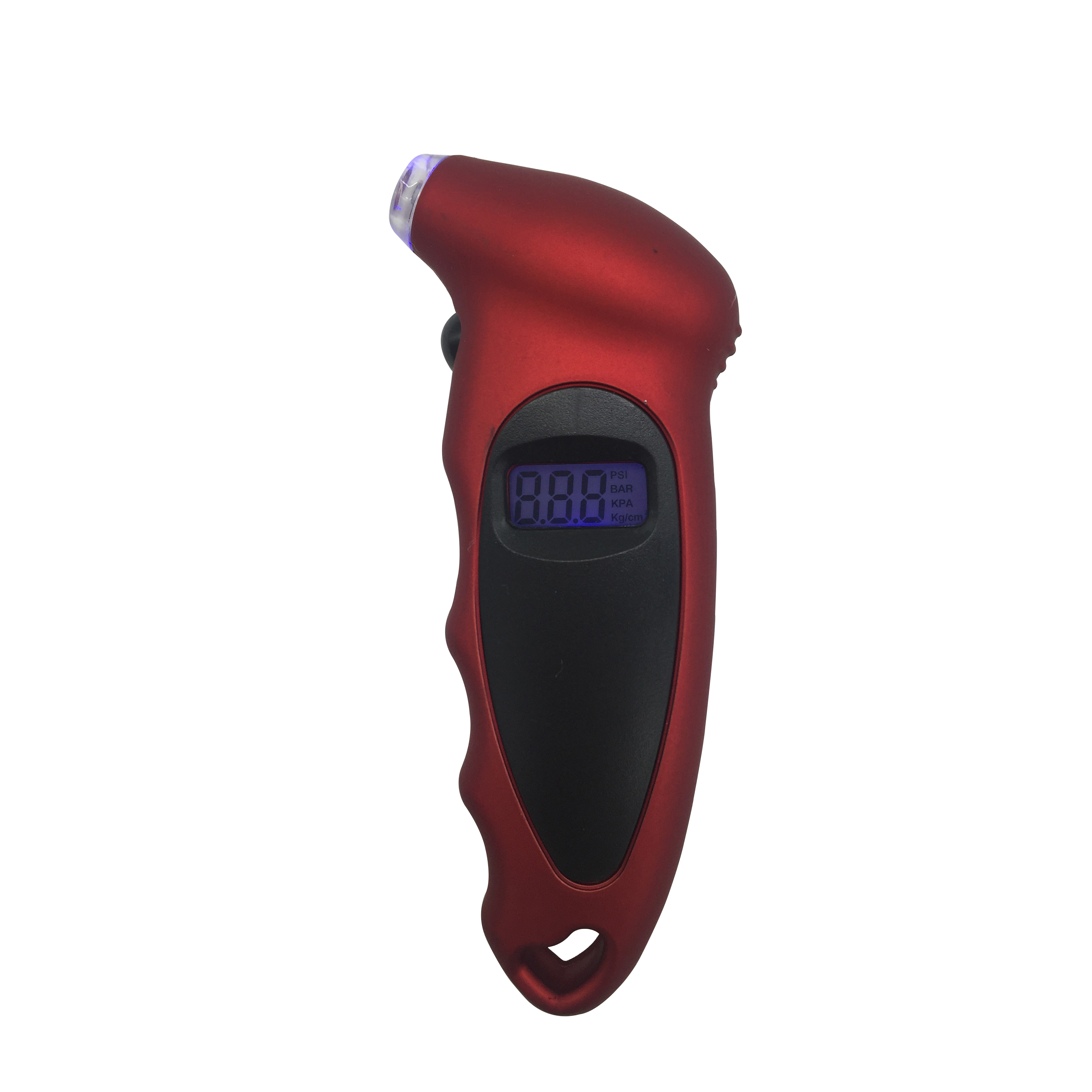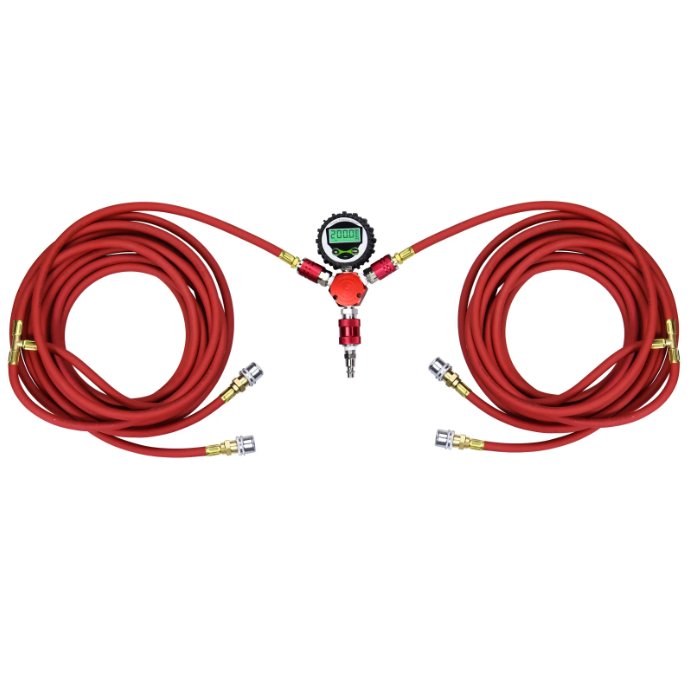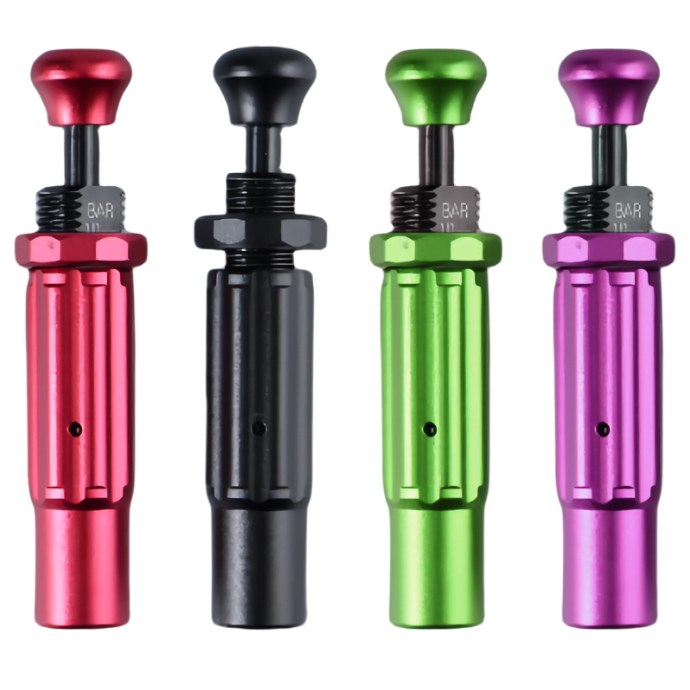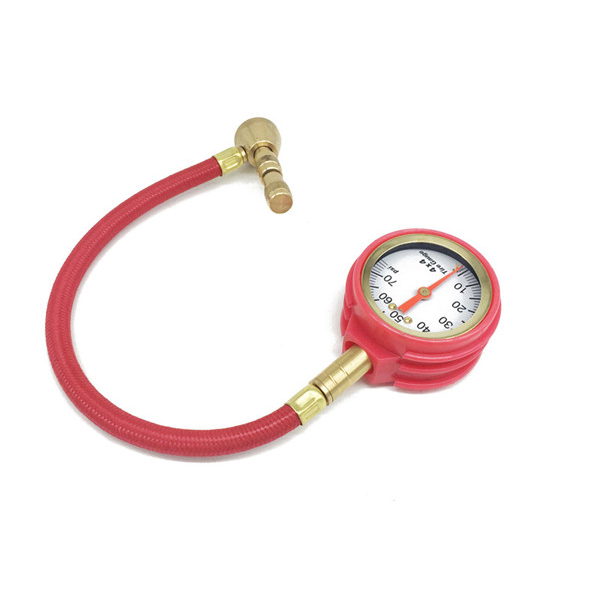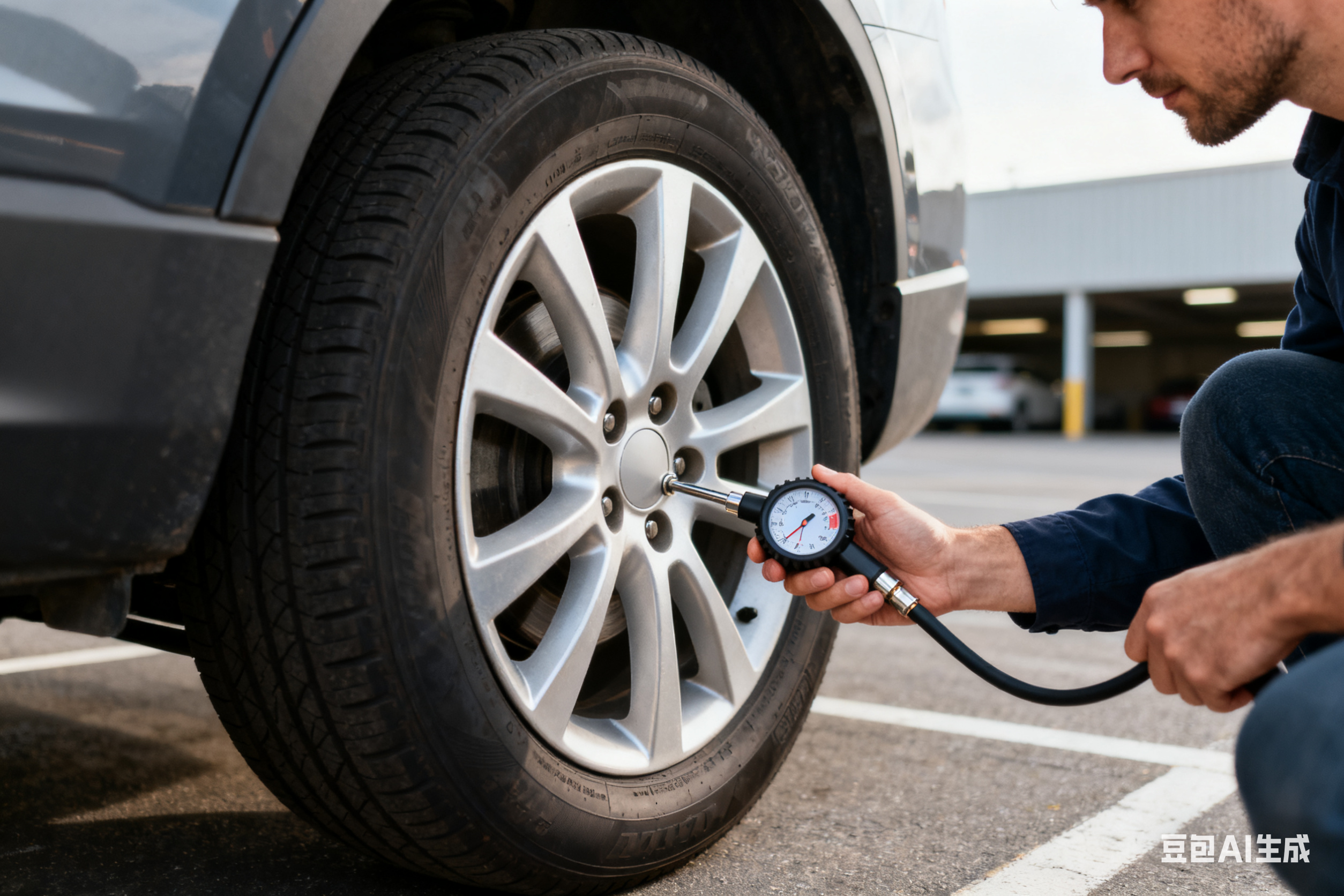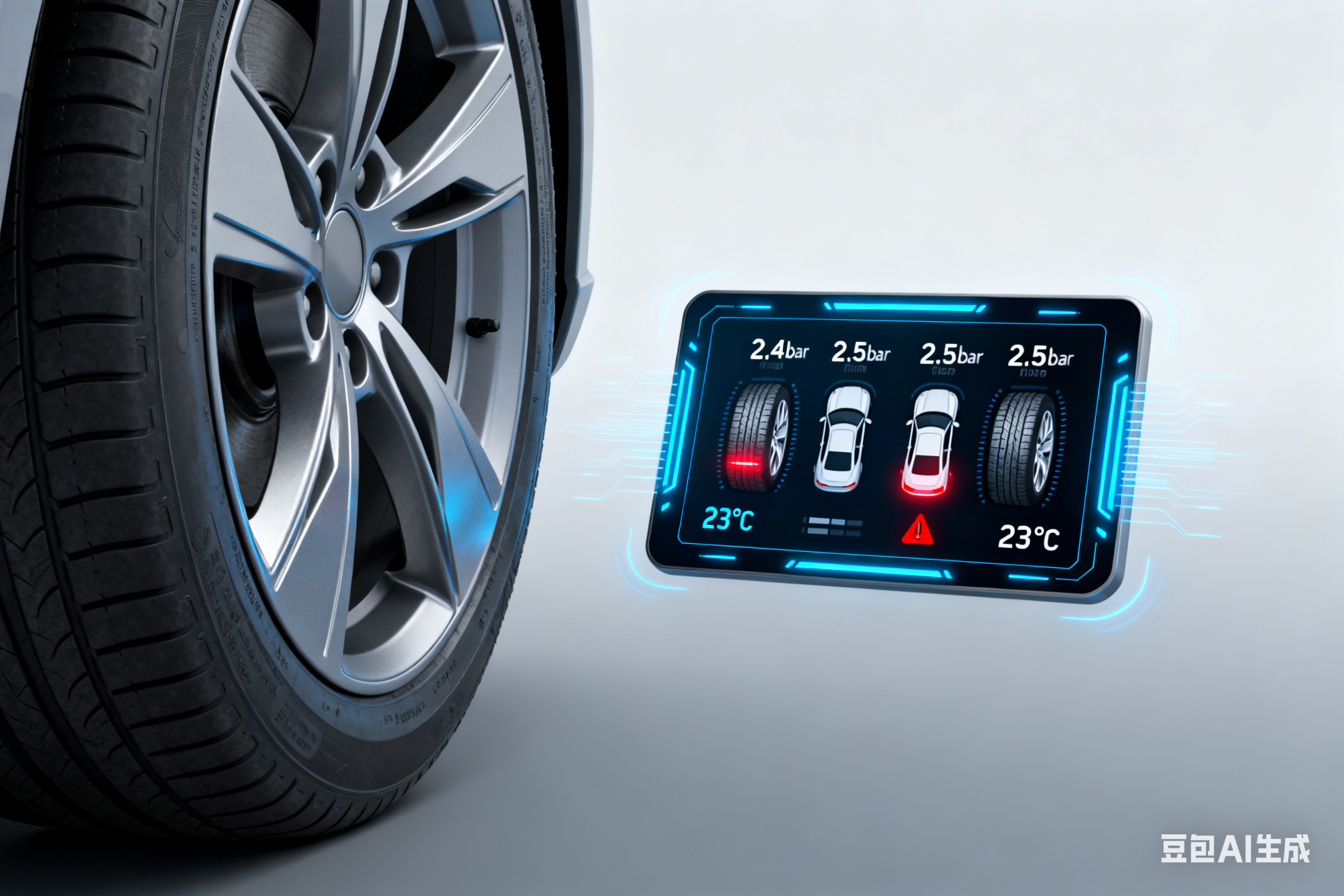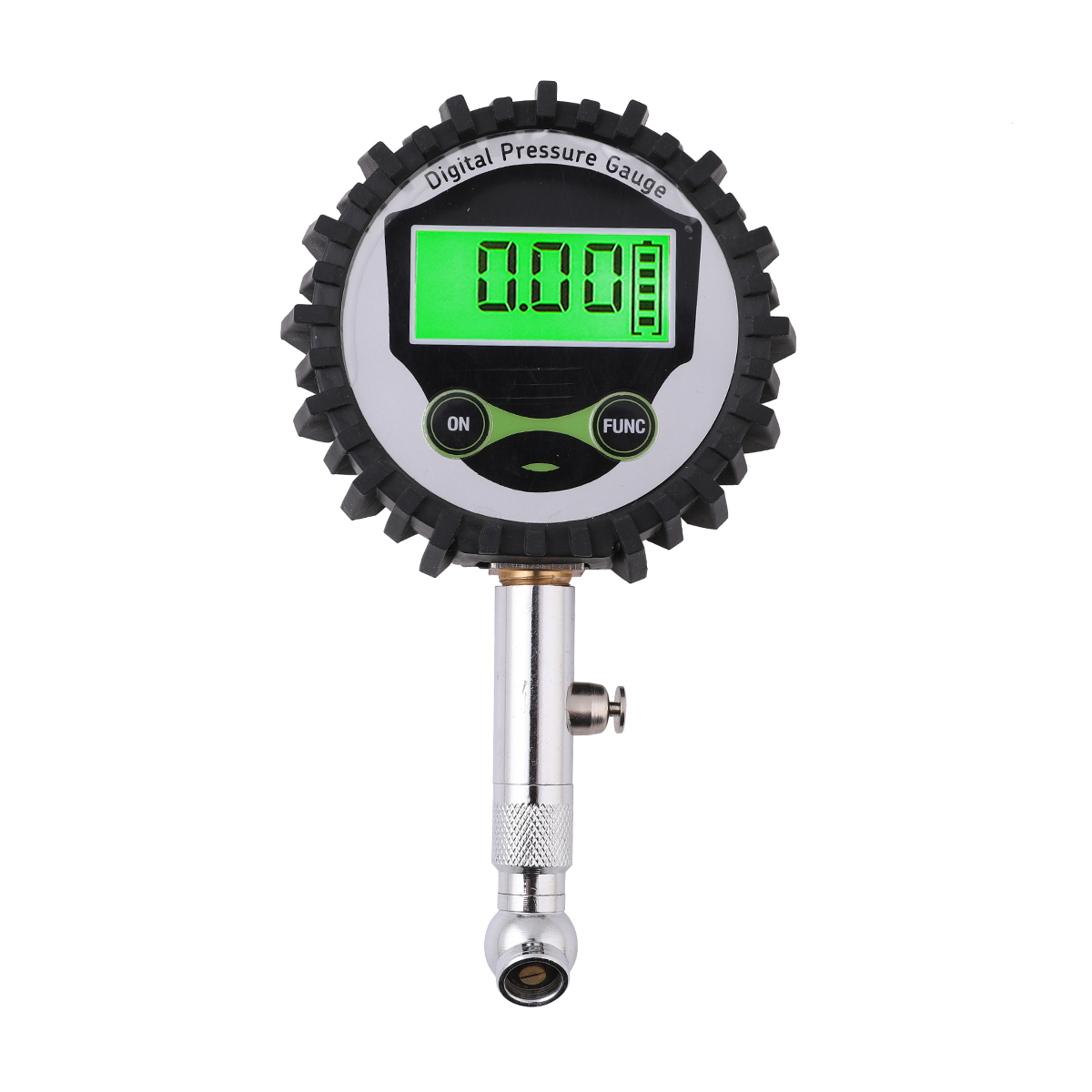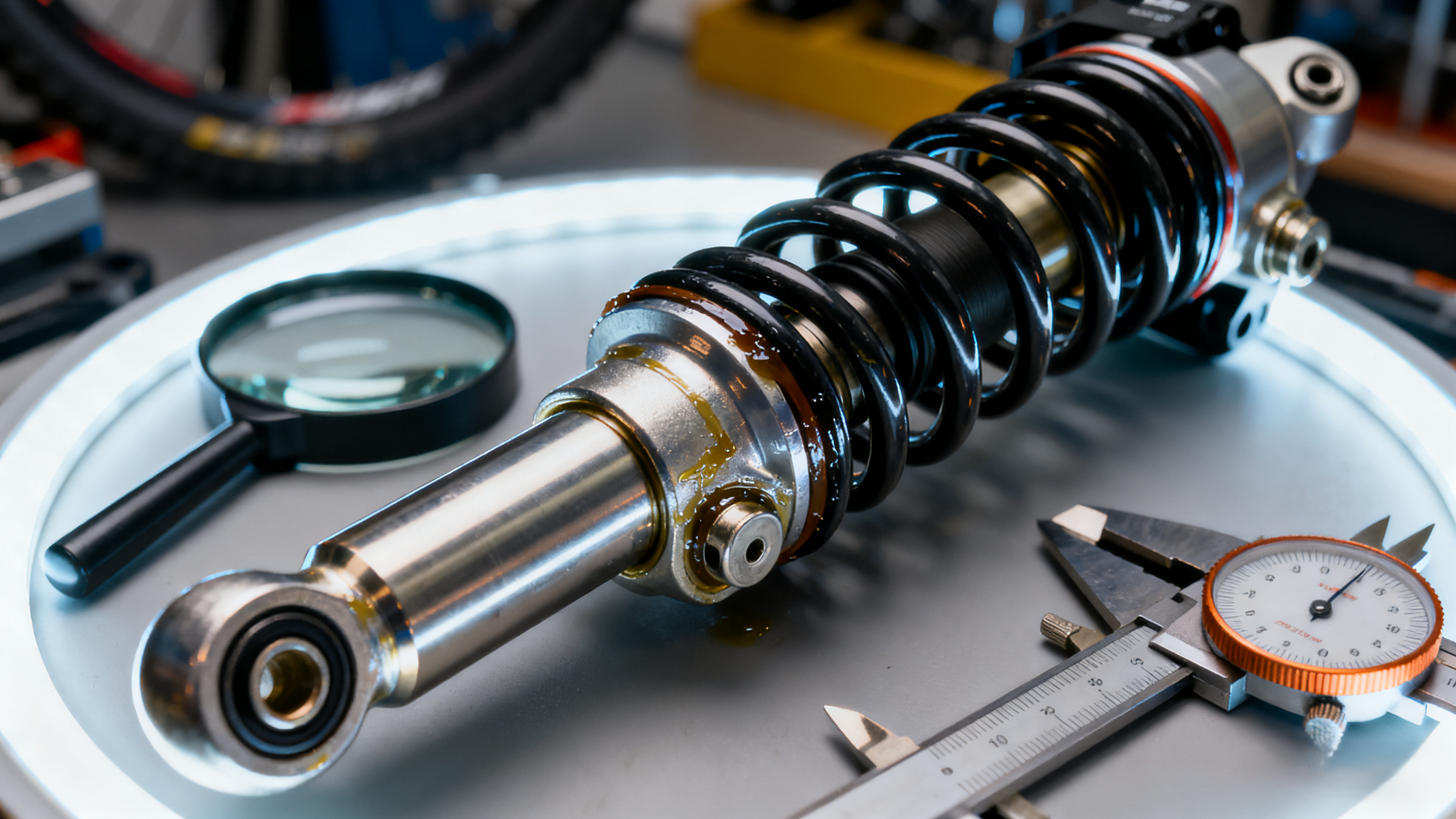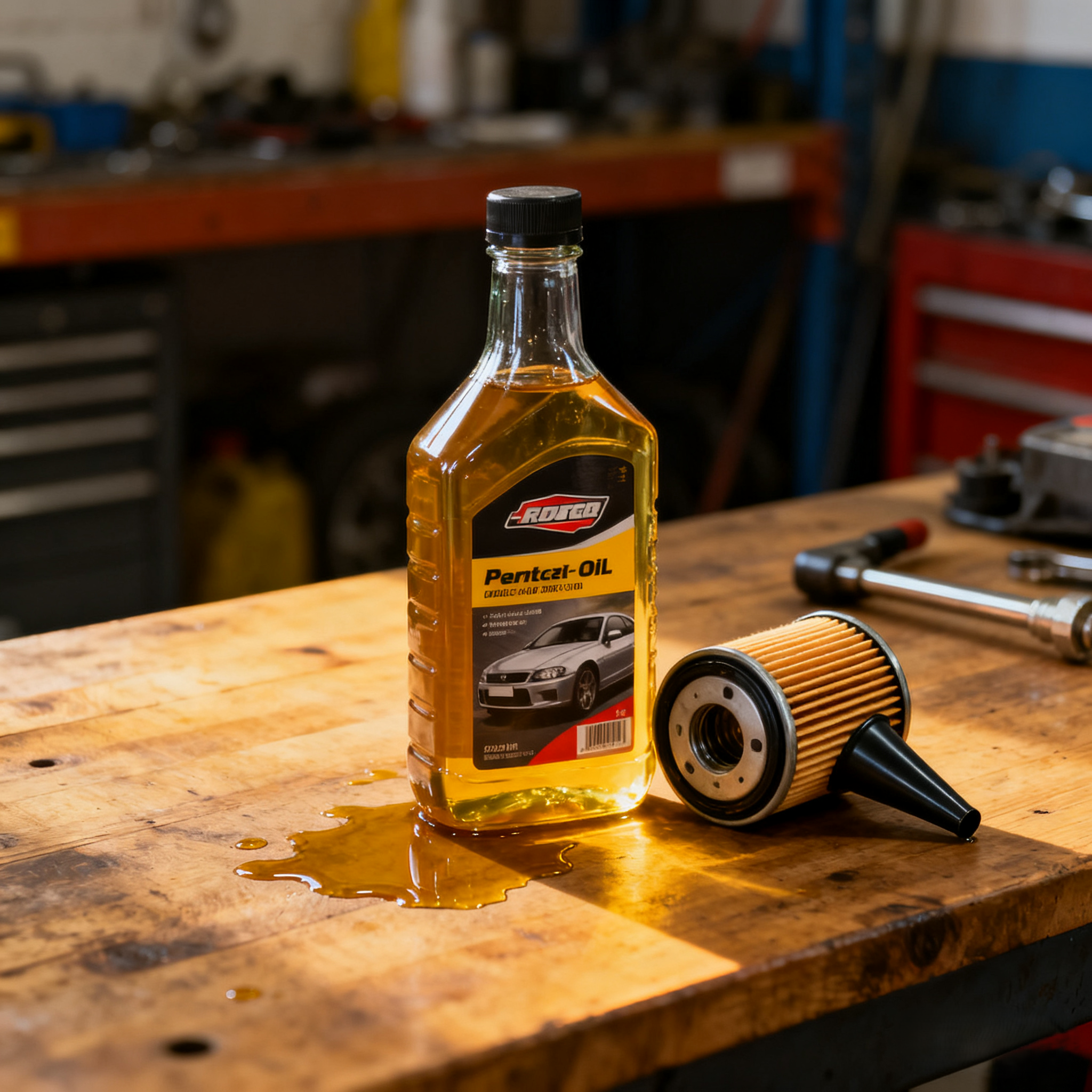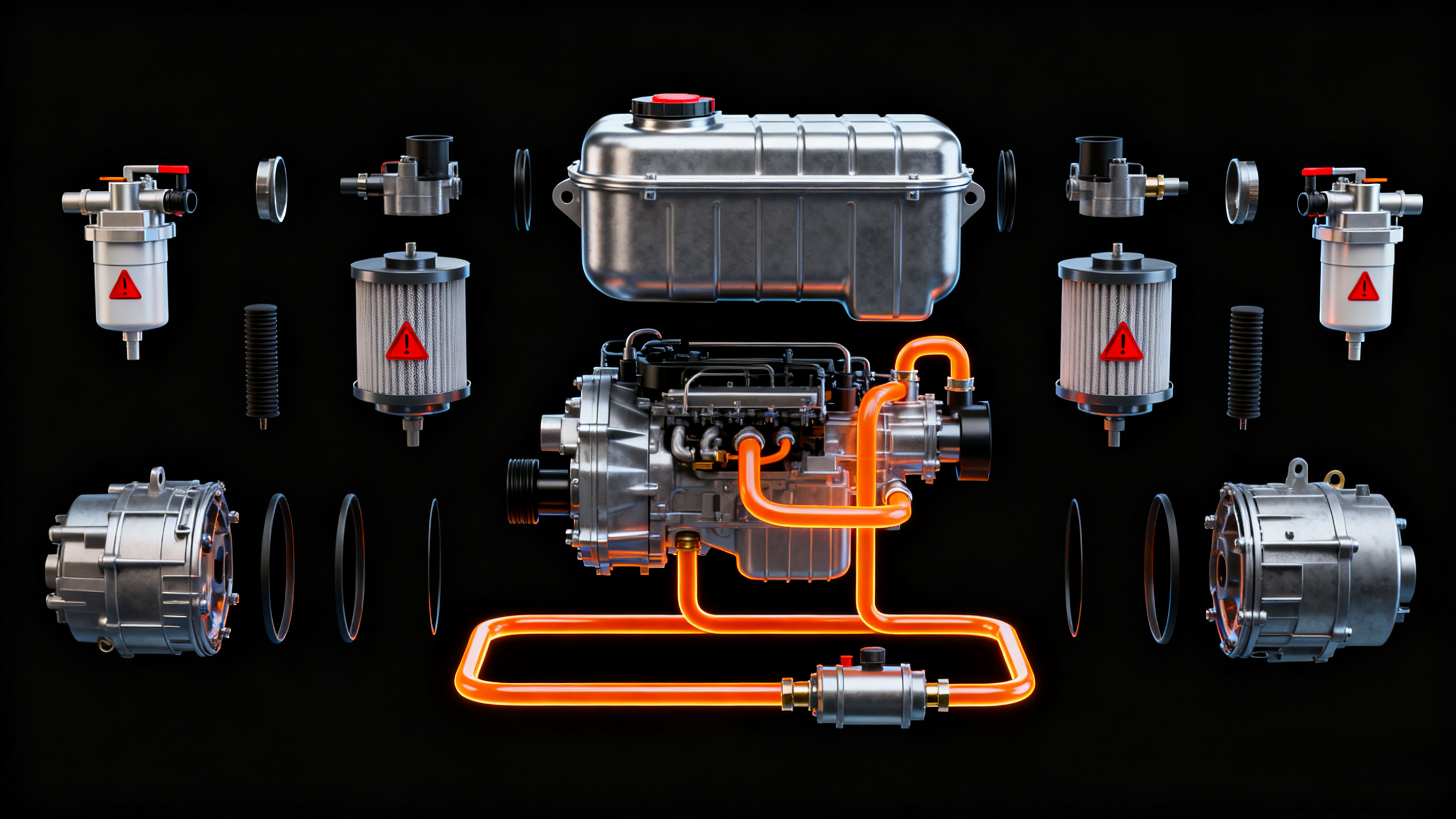Car Fuel System Cleaning: Boost Performance and Prevent Engine Damage
Over time, your car’s fuel system accumulates dirt, carbon deposits, and fuel residue—these build-ups can clog fuel injectors, reduce fuel efficiency, and lead to rough idling, slow acceleration, or even engine misfires. Regular fuel system cleaning keeps fuel flowing smoothly, improves engine performance, and extends the life of critical components. Here’s how to clean your car’s fuel system, whether you do it yourself or visit a professional.
First, understand the key parts of the fuel system. The system includes the fuel tank, fuel pump, fuel filter, fuel injectors, and throttle body. Dirt often builds up in two main areas: fuel injectors (tiny nozzles that spray fuel into the engine) and the throttle body (controls airflow into the engine). Clogged injectors deliver uneven fuel sprays, while a dirty throttle body restricts airflow—both hurt performance.
DIY fuel injector cleaning (easy for beginners). The simplest way to clean injectors is with a fuel system cleaner additive—no special tools needed:
- Choose the right additive: Look for a cleaner labeled for fuel injectors (avoid generic “fuel treatments” that only clean the tank). Brands like Techron, STP, or Red Line make effective options. Check your owner’s manual—some manufacturers recommend specific additives for their engines.
- Add the cleaner to an empty tank: Pour the entire bottle of cleaner into your car’s fuel tank, then fill the tank with gasoline (the cleaner mixes with fuel and flows to the injectors). For best results, use a full tank—this ensures the cleaner is properly diluted and reaches all injectors.
- Drive the car normally: The cleaner works as you drive—aim for a mix of highway and city driving (highway speeds help the cleaner circulate through the system). Most additives take 100–200 miles to fully clean the injectors. You may notice smoother acceleration or better fuel economy within a few days.
DIY throttle body cleaning (requires basic tools). A dirty throttle body causes rough idling and poor airflow—cleaning it takes 30–45 minutes:
- Gather supplies: You’ll need throttle body cleaner (don’t use carburetor cleaner—it can damage rubber parts in modern throttle bodies), a clean rag, a small brush (like an old toothbrush), and a screwdriver or socket wrench (to remove the air intake hose).
- Prepare the engine: Turn off the car and disconnect the battery (to prevent accidental starting). Locate the throttle body—it’s connected to the air intake hose (near the engine). Loosen the clamps on the air intake hose and remove it (you may need to disconnect a sensor plug if attached).
- Clean the throttle body: Spray throttle body cleaner onto the rag (don’t spray directly into the engine). Wipe the inside of the throttle body, focusing on the throttle plate (the small door that opens and closes) and the surrounding area—remove all black carbon deposits. Use the brush to scrub tough spots (be gentle—don’t scratch the metal). Avoid getting cleaner on any sensors (if present).
- Reassemble and test: Let the throttle body dry for 5–10 minutes (the cleaner evaporates quickly). Reattach the air intake hose and clamps, then reconnect the battery. Start the car—let it idle for 5 minutes to reset the engine’s computer. The idle should be smoother, and acceleration should feel more responsive.
Professional fuel system cleaning (for heavy build-ups). If your car has over 100,000 miles or hasn’t had a fuel system cleaning in years, consider a professional service. Mechanics use specialized tools to:
- Clean the fuel tank and fuel lines (removes sediment that DIY additives can’t reach).
- Perform a “direct injection” cleaning (for cars with direct injection engines—these are prone to carbon build-up on intake valves).
- Replace the fuel filter (a clogged filter reduces fuel pressure and should be replaced every 30,000–60,000 miles).
How often to clean the system? For most cars:
- Use a fuel injector additive every 3,000–5,000 miles (or every oil change).
- Clean the throttle body every 20,000–30,000 miles.
- Get a professional fuel system cleaning every 60,000–100,000 miles.
A clean fuel system keeps your car running efficiently, saves you money on gas, and prevents costly engine repairs down the line.

